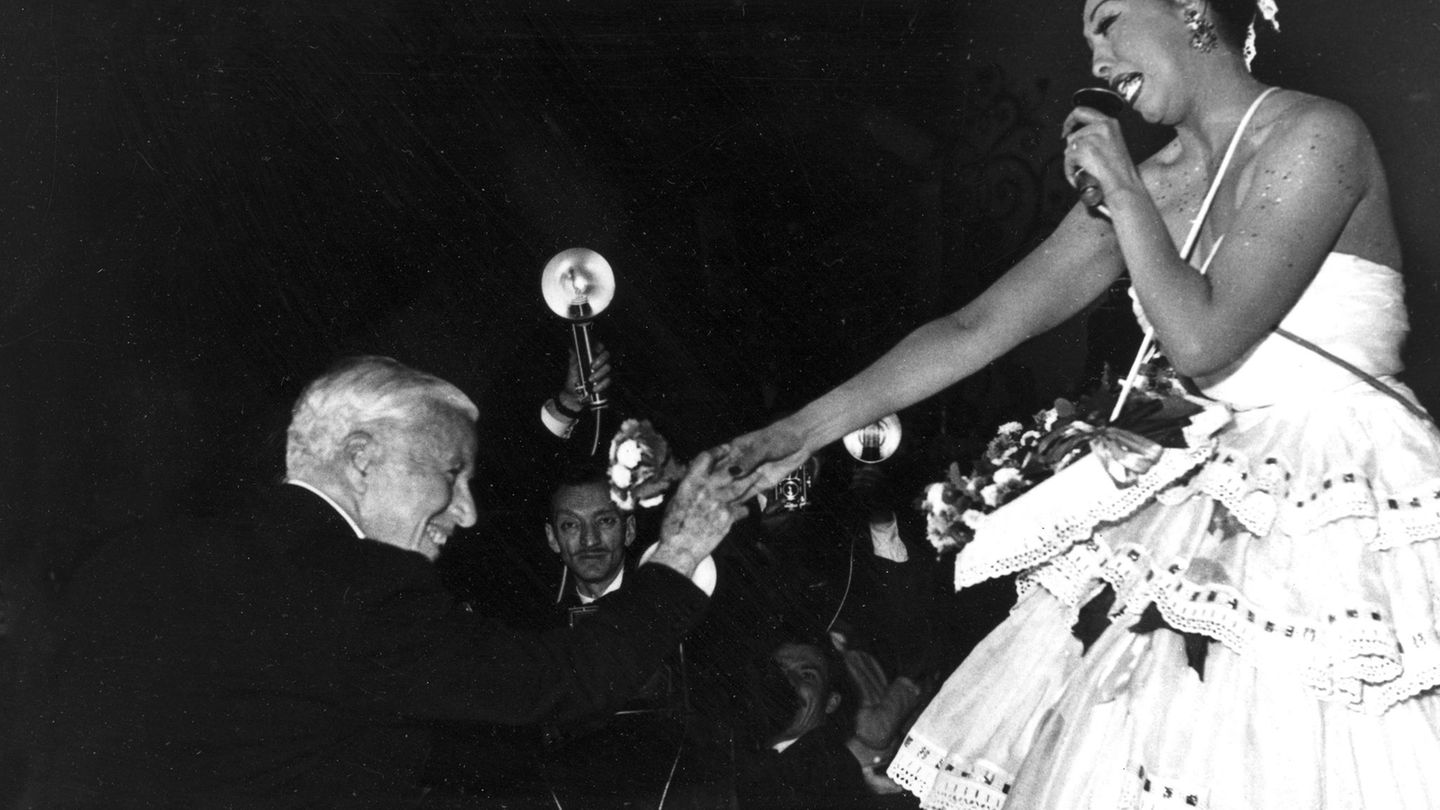I am an author and journalist who has worked in the entertainment industry for over a decade. I currently work as a news editor at a major news website, and my focus is on covering the latest trends in entertainment. I also write occasional pieces for other outlets, and have authored two books about the entertainment industry.
Menu
On the 50th anniversary of death: Josephine Baker: Dancing against hate
Categories
Most Read
Maite Kelly surprises with a revealing song at “Schlagerboom 2025”.
October 18, 2025
No Comments
Guns N’ Roses in Argentina: between a waterfall of rock classics and the devotion of a loyal audience
October 18, 2025
No Comments
The new Netflix film inspired by one of the darkest episodes in Spain
October 18, 2025
No Comments
The new action and comedy film from HBO Max: an ex-hitman who must return to his past for love
October 18, 2025
No Comments
Latest Posts

Pakistan and Afghanistan sealed an immediate ceasefire after days of border tension
October 19, 2025
No Comments
October 18, 2025 – 22:14 After a week of clashes that left dozens of victims, both governments agreed to a truce in Doha. After a

Demonstrations: “No Kings”: Mass protests against Trump again in the USA
October 19, 2025
No Comments
IvanI have been working in the news industry for over 6 years, first as a reporter and now as an editor. I have covered politics

Due to lower sales in supermarkets, mass consumption fell 4.4% in September
October 18, 2025
No Comments
October 18, 2025 – 20:54 Activity in pharmacies also contracted. In contrast, there was a good performance of e-commerce and independent self-services. Mariano Fuchila After
24 Hours Worlds is a comprehensive source of instant world current affairs, offering up-to-the-minute coverage of breaking news and events from around the globe. With a team of experienced journalists and experts on hand 24/7.

